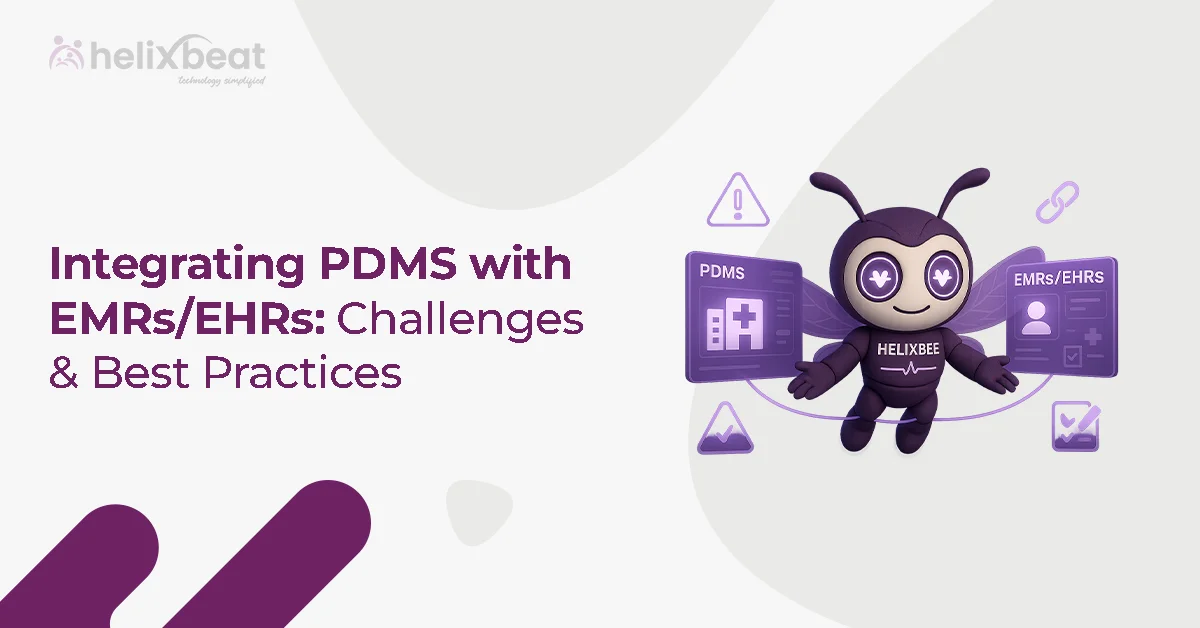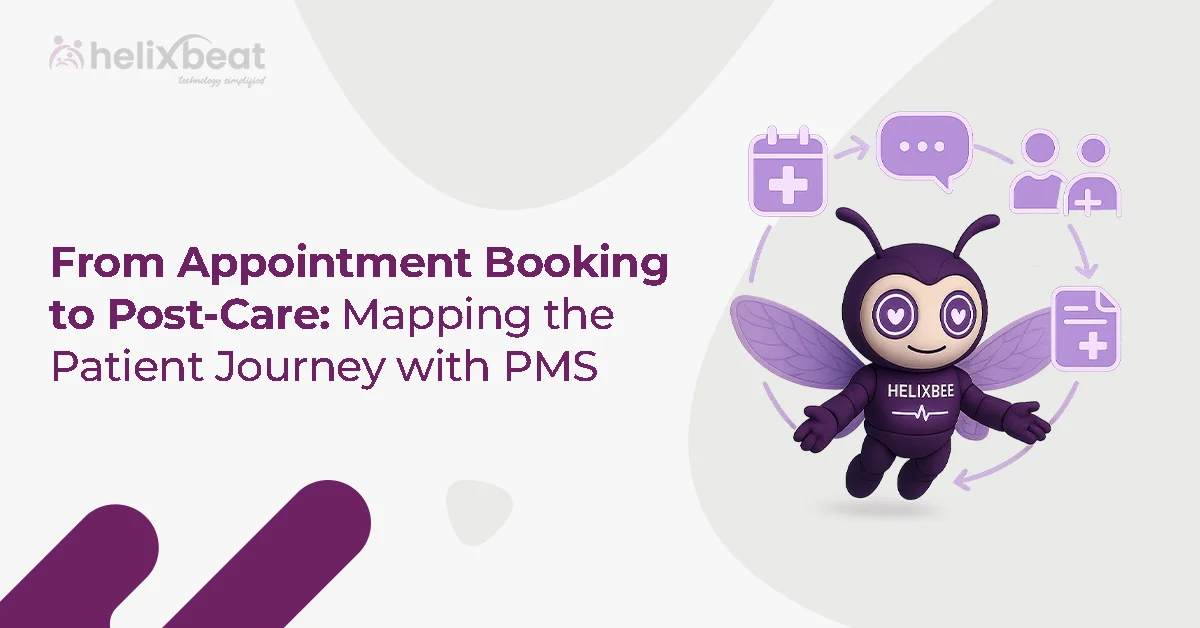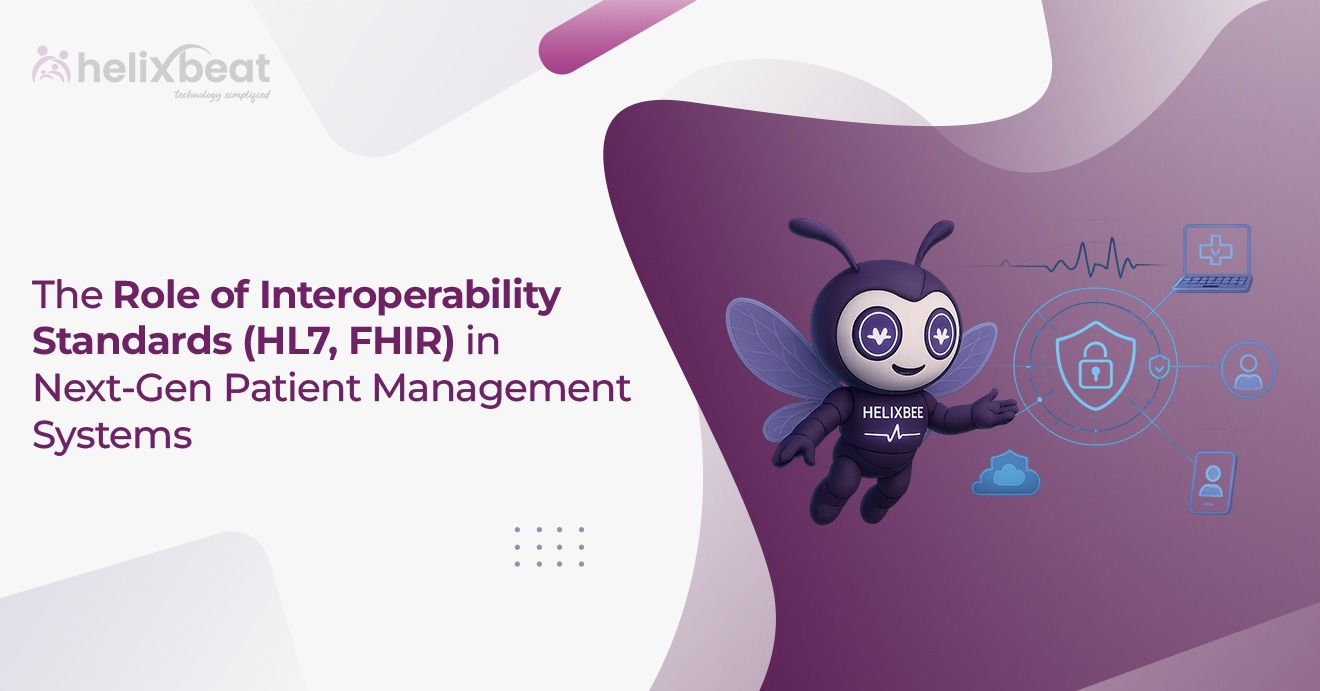Today, patient acquisition has become a priority for medical professionals. Whether you’re running a private practice, a specialty clinic, or a hospital, attracting and retaining patients is key to long-term success. But what exactly is patient acquisition, and how can healthcare providers grow their patient base while maintaining quality care?
In this blog, we will discuss 10 proven strategies to help healthcare providers attract new patients and build long-term relationships.
Table of Contents
What is Patient Acquisition?
Patient acquisition refers to the strategies and efforts healthcare providers use to attract new patients while maintaining high-quality care and long-term engagement. It involves a combination of digital marketing, operational efficiency, patient experience enhancement, and trust-building measures to grow a medical practice or healthcare facility.
Proven Strategies to Attract and Retain More Patients
1. Strengthen Your Digital Presence
Today, the modern patient journey begins online. Whether searching for a specialist or checking hospital ratings, patients turn to the internet to make informed decisions. Here’s how providers can create a strong digital presence:
- Develop a mobile-friendly website with clear service offerings and easy navigation.
- Implement local SEO to appear in relevant searches for healthcare services.
- Maintain active social media profiles to educate and engage with the audience.
- List your practice on healthcare directories to increase discoverability.

By investing in a well-structured digital strategy, healthcare providers can attract more organic traffic and reduce reliance on traditional marketing campaigns.
2. Offer a Seamless Multi-Location Experience
For practices operating in multiple locations, optimizing patient convenience is vital. Patients should be able to find and book appointments at their preferred location easily. Therefore, providers can:
- Implement an integrated booking system that shows real-time availability across all locations.
- Allow patients to transfer their medical records seamlessly between different branches.
- Provide location-based search options to help patients find the nearest facility.

A well-coordinated multi-location strategy improves accessibility and reduces scheduling conflicts, increasing patient satisfaction and retention.
3. Build Credibility Through Transparent Provider Profiles
Patients are more likely to choose a provider they trust. Therefore, a well-detailed online profile showcasing qualifications, experience, and affiliations adds credibility, ultimately boosting patient acquisition. Providers can:
- Display professional credentials such as degrees, board certifications, and specializations.
- Highlight affiliations with reputed hospitals and healthcare institutions.
- Share patient testimonials and success stories to establish authenticity.
- Provide multilingual options to cater to a diverse audience.

By positioning healthcare professionals as trusted experts, practices can convert potential leads into loyal patients.
4. Leverage Content Marketing for Patient Education
Educational content builds trust and keeps patients engaged with a healthcare brand. Here’s how providers can provide valuable insights:
- Create blog articles addressing common health concerns and treatment options.
- Develop video content explaining medical procedures and preventive care.
- Host webinars and Q&A sessions to engage with patients.
- Send newsletters with health tips, industry updates, and practice news.

Therefore, well-crafted content marketing strategies not only attract new patients but also improve patient acquisition by establishing credibility and maintaining patient engagement.
5. Reduce Dependence on Paid Ads Through Organic Growth
While paid advertising can generate quick leads, organic growth is more sustainable and cost-effective in the long run. Instead of relying on paid promotions, providers should focus on strategies that naturally attract patients.
- Optimize search engine ranking with high-quality content and local SEO.
- Encourage patient-generated reviews and testimonials.
- Leverage referral programs where existing patients bring in new ones.
- Engage in online healthcare forums and answer patient queries.

Therefore, a strong organic presence reduces the need for expensive marketing campaigns, making patient acquisition more cost-efficient.
6. Automate and Optimize Appointment Scheduling
An inefficient booking system leads to lost appointments, no-shows, and frustrated patients. However, automating the scheduling process improves efficiency and enhances the patient experience. Providers can:
- Implement online booking with real-time availability updates.
- Send automated reminders for upcoming appointments.
- Offer rescheduling options to reduce missed visits.
- Provide a patient portal for managing bookings and accessing health records.

By making appointment scheduling seamless, providers can improve patient retention, boost patient acquisition, and reduce administrative burdens.
7. Personalize Patient Communication
Patients appreciate a personalized approach that makes them feel valued. Therefore, customizing communication enhances engagement and builds long-term relationships. Providers can:
- Address patients by name in all interactions.
- Send personalized follow-ups after consultations.
- Offer tailored health recommendations based on medical history.
- Use AI-driven chatbots to provide instant responses to common inquiries.

Personalized communication strengthens patient relationships and builds loyalty, thus leading to higher retention rates.
8. Utilize Telehealth for Greater Accessibility
With the rise of virtual healthcare, telehealth has become a game-changer in patient acquisition and retention. It eliminates geographical barriers and enhances convenience. Therefore, providers can:
- Offer video consultations for routine check-ups and follow-ups.
- Provide remote health monitoring for chronic disease management.
- Enable prescription renewals and digital health assessments.
- Integrate telehealth services into the patient portal for seamless access.

Telehealth services attract tech-savvy patients looking for accessible healthcare solutions, making it a critical component of modern medical practice.
9. Leverage Data-Driven Insights to Improve Patient Care
Data analytics can transform patient acquisition by identifying trends, optimizing operations, and predicting future needs. Data can help providers:
- Track patient demographics to tailor marketing strategies.
- Analyze appointment trends to optimize staffing and scheduling.
- Use predictive analytics to offer preventive healthcare services.
- Monitor patient feedback to improve service delivery.

Data-driven strategies empower providers to make informed decisions, thus resulting in better patient engagement and higher retention rates.
10. Focus on Long-Term Patient Retention
Acquiring new patients is important, but keeping them engaged is even more valuable. That’s how retention strategies contribute to sustainable growth and patient loyalty. Providers can:
- Develop a rewards program for repeat visits and referrals.
- Offer exclusive wellness programs for existing patients.
- Send regular health check-up reminders.
- Host patient appreciation events and community health initiatives.

When patients feel connected to a healthcare provider, they are more likely to stay loyal and refer others, contributing to long-term success.
How PULSE Improves Patient Acquisition
PULSE helps healthcare providers improve acquisition costs by optimizing digital presence, streamlining operations, and enhancing credibility.
- Digital-First Online Presence – Verified provider credentials, structured health center profiles, and EMR integration boost visibility without costly ads.
- Multi-Location Management – Enables seamless patient appointment scheduling across multiple locations, reducing no-shows and cancellations.
- Credibility Through Profiles – Displays NPI, certifications, affiliations, and specialties to establish trust and attract more patients.
- Organic Patient Growth – Enhances SEO, showcases testimonials, and enables targeted patient outreach, reducing reliance on paid ads.
- Automated Scheduling & Engagement – Smart appointment management minimizes conflicts, improves workflow, and boosts patient retention.

By leveraging these features, PULSE drives patient acquisition efficiently while lowering marketing expenses.
Final Words
Patient acquisition is not just about attracting new individuals—it’s about creating a seamless, engaging experience that turns them into lifelong patients. By leveraging digital tools, optimizing operational efficiency, and focusing on personalized communication, healthcare providers can build trust, increase retention, and grow sustainably.
Take patient acquisition to the next level with PULSE—a cutting-edge solution designed to streamline engagement, enhance retention, and drive sustainable growth. Discover how PULSE can transform your healthcare practice today!
FAQs
1. What is patient acquisition in healthcare?
Patient acquisition refers to the strategies and efforts healthcare providers use to attract new patients while maintaining high-quality care and long-term engagement.
2. How does a strong digital presence help in patient acquisition?
A well-optimized digital presence, including a mobile-friendly website, local SEO, social media engagement, and directory listings, helps healthcare providers attract and retain patients by improving visibility and credibility.
3. How does automating appointment scheduling improve patient experience?
Automated scheduling reduces no-shows, streamlines the booking process, sends reminders, and allows easy rescheduling, leading to a more convenient patient experience.
4. Why is personalized communication important in healthcare?
Patients appreciate personalized interactions, such as tailored health recommendations, follow-up messages, and AI-driven chat support, which builds trust and long-term engagement.
5. How does telehealth improve patient acquisition and retention?
Telehealth expands accessibility by offering virtual consultations, remote health monitoring, and digital prescription renewals, attracting patients who prefer convenient, online healthcare services.














